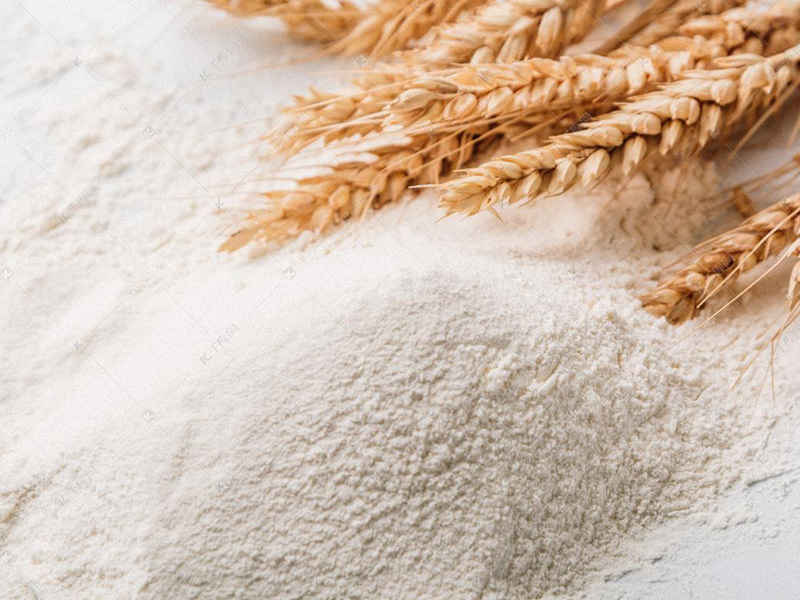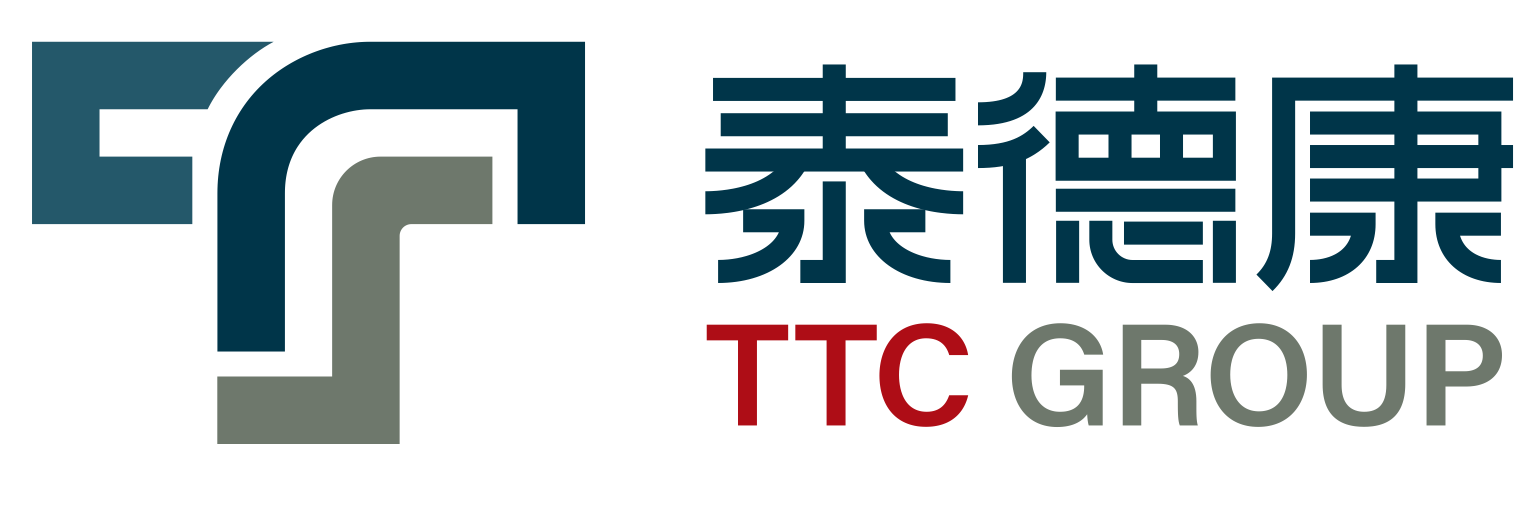
Wheat Flour Processing
Tidecom Group adheres to the business philosophy of "creating value for customers and innovating life with technology", integrates global industry resources, continues technological research and development innovation, and is guided by market customer needs, providing customers with more cost-effective products and services.
The wheat flour processing requires strict control of process parameters and operating conditions in each link to ensure the production of flour products with stable quality and in line with standards.The wheat flour processing generally includes the main links such as raw wheat cleaning, moisture regulation, grinding and screening, flour preparation and packaging, etc.
Category:
Keyword:
Auto Interior | Plastic Parts
Solution Description
Process Flow Of Wheat Flour Processing
(1)Raw Wheat Cleanup
Initial clearing: through vibrating screens, cylindrical screens and other equipment, remove large miscellaneous in wheat, such as wheat straw, hemp rope, etc., as well as small miscellaneous items, such as sand, gravel, soil, etc.
Iron removal: Iron removal equipment such as permanent magnet cylinders is used to remove magnetic metal impurities in wheat to avoid them entering subsequent equipment, damaging the machine or affecting the quality of flour.
Wheat washing: The wheat washing machine is used to clean the wheat to further remove dust, impurities and some microorganisms on the surface, and at the same time make the moisture of the wheat more uniform.
(2)Moisture Regulation
Watering: According to the original moisture and quality of wheat, add an appropriate amount of water to the wheat, generally making the wheat moisture reach 14%-16%, so as to improve the milling performance of wheat.
Moistening the wheat: After the water is wet, the wheat enters the moistening silo and stands for a period of time to allow the water to fully penetrate into the inside of the wheat grains, so that the binding force of the cortex and endosperm of the wheat grains is weakened, which is convenient for subsequent grinding. The moisturizing time is generally 18-30 hours.
(3) Grinding And Screening
Skin milling system: use a mill to break the wheat, peel off the wheat kernels, make the endosperm and the skin layer preliminarily separate, extract part of the wheat residue, wheat core and coarse meal, while keeping the bran intact as much as possible.
Heart milling system: The wheat core and wheat residue obtained by the skin milling system are ground to further reduce the particle size and produce finer flour.
Sieving: In the grinding process, the ground materials are separated according to the particle size through screening equipment such as flat screens and high square screens.
(4)Clear Powder
Using the purifier, according to the particle size, density and shape of the material, the bran and embryo in the grinding wheat residue, wheat core and coarse powder are separated to improve the purity and quality of flour.
(5)Flour Blending & Packing
Flour blending: According to the requirements of different flour products, the flour obtained by different grinding systems is mixed according to a certain proportion to adjust the accuracy, gluten content, whiteness and other indicators of flour to meet market demand.
Packing: The prepared flour is packed through a packaging machine.
System advantages
(1) The product has a rich and diverse taste, balanced nutrition, good color and smell.
(2) The modern wheat flour production process widely adopts automatic equipment and control system, which not only greatly improves the production efficiency, but also ensures the stability and continuity of the production process. The wheat flour production process can flexibly adjust the production scale according to the market demand and the production capacity of the enterprise to achieve the production target of different outputs.
(3) The utilization rate of raw materials is high, which realizes the maximum utilization of wheat resources and improves the economic benefits of enterprises. In the production process, the use of advanced energy-saving technology and equipment, by optimizing the process, can reduce energy consumption, improve energy efficiency, reduce production costs.
(4) It can effectively remove all kinds of impurities in wheat, ensure the purity of flour, and reduce the potential harm of impurities to human health. Water regulation, wheat moistening and other links can inhibit the growth and reproduction of microorganisms by controlling the moisture and storage conditions of wheat. At the same time, strict hygiene management system and disinfection measures are adopted in the production workshop, which can effectively prevent flour from being contaminated by microorganisms and ensure food safety.
Related Products







